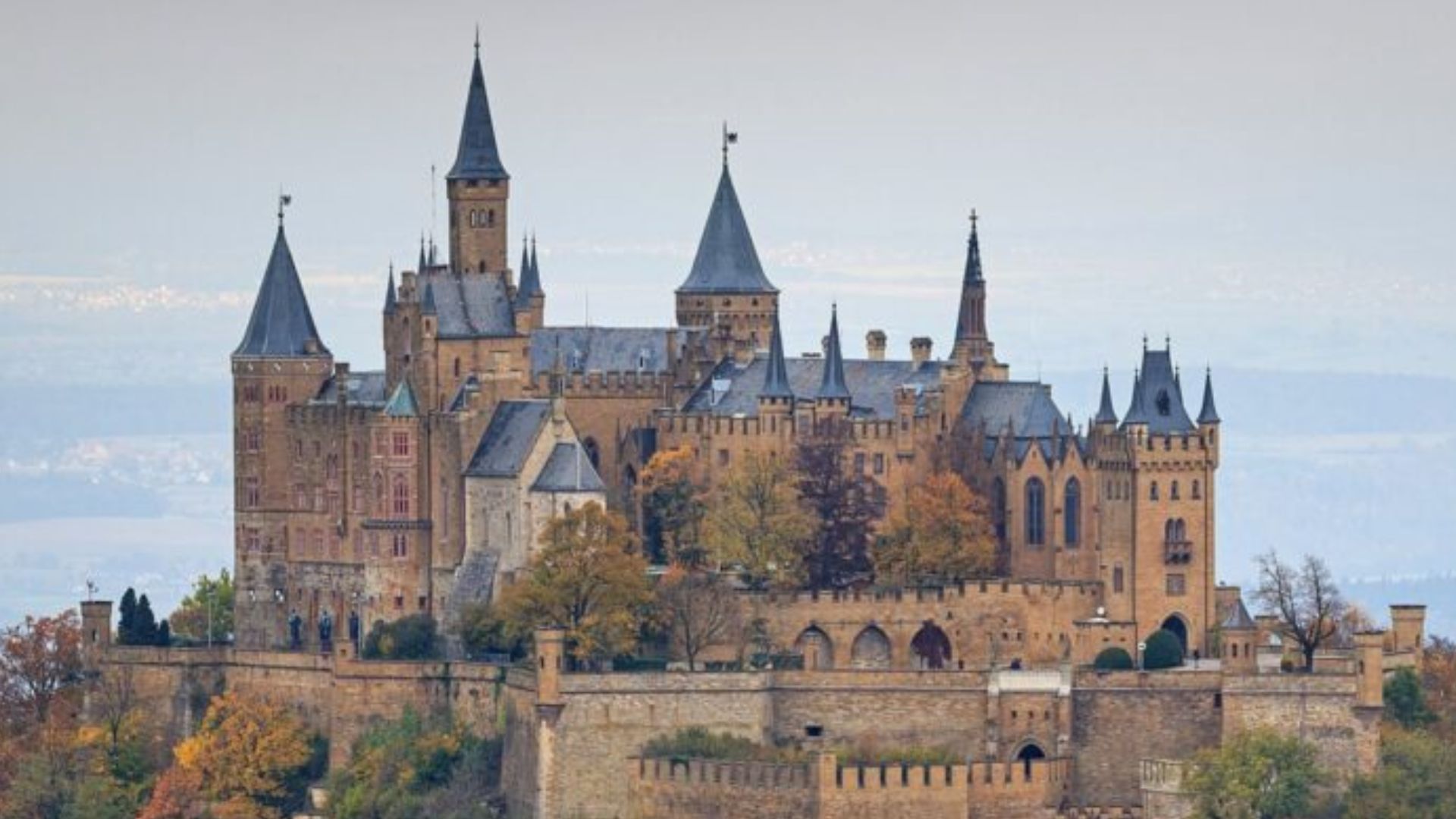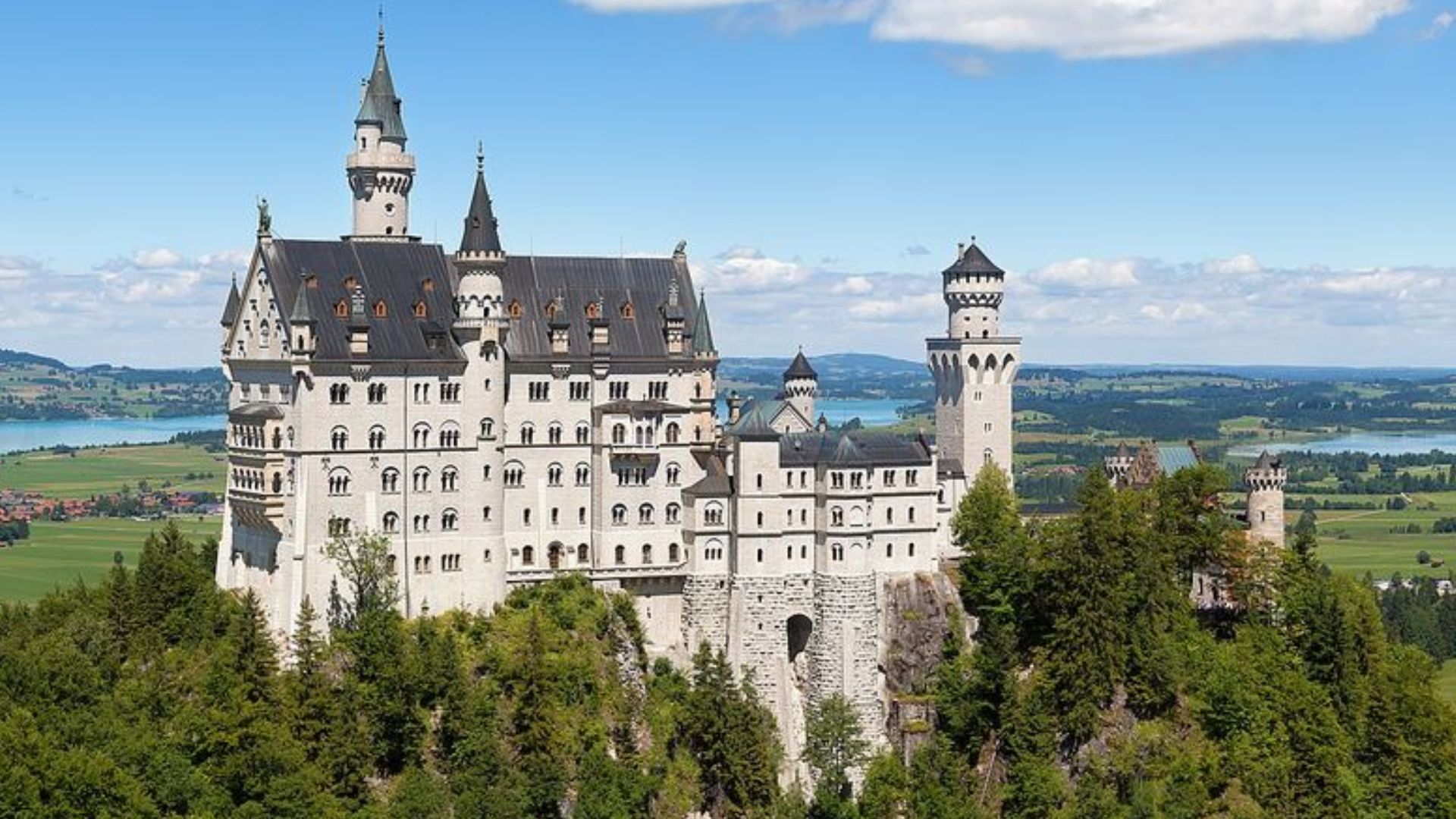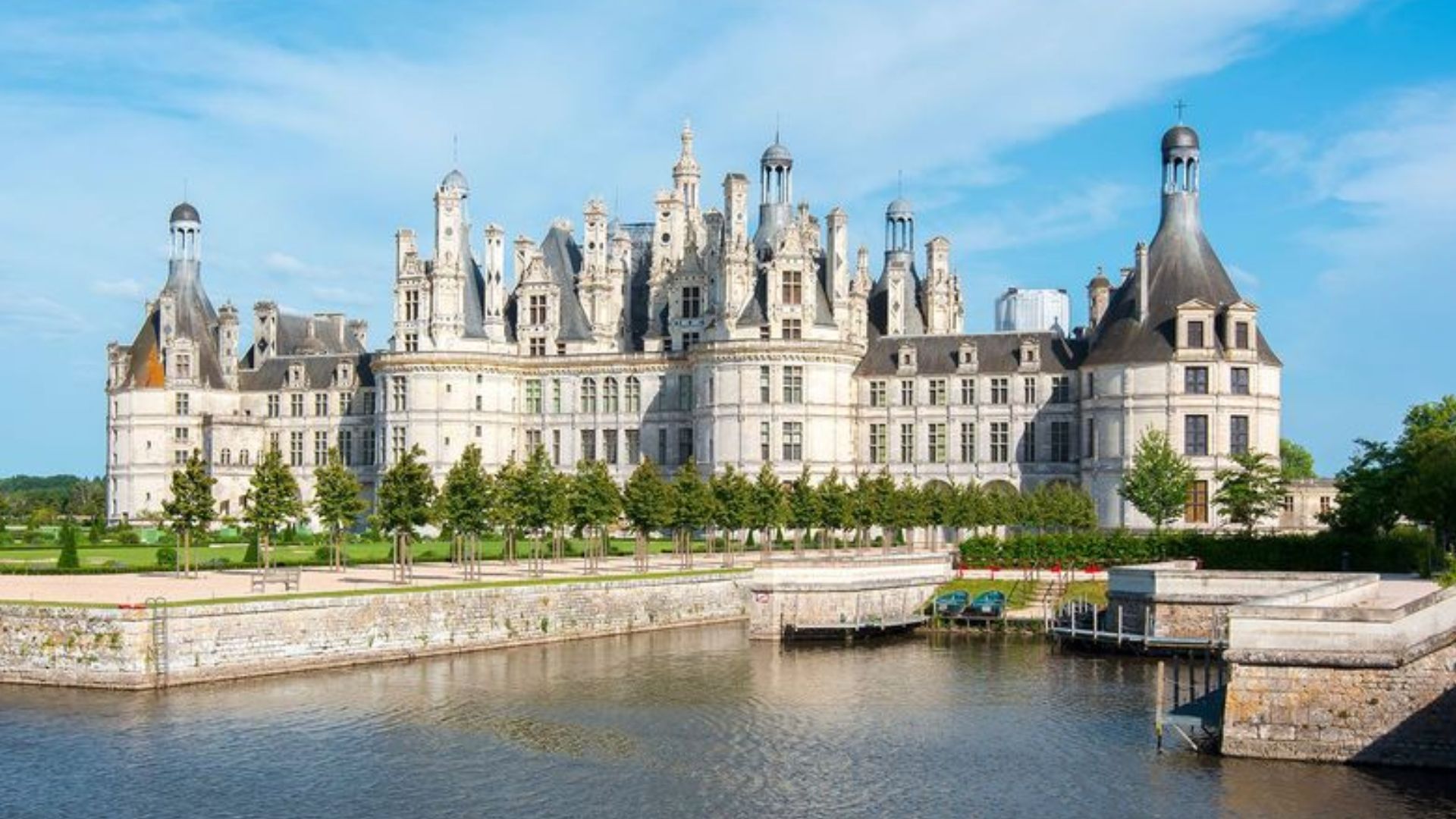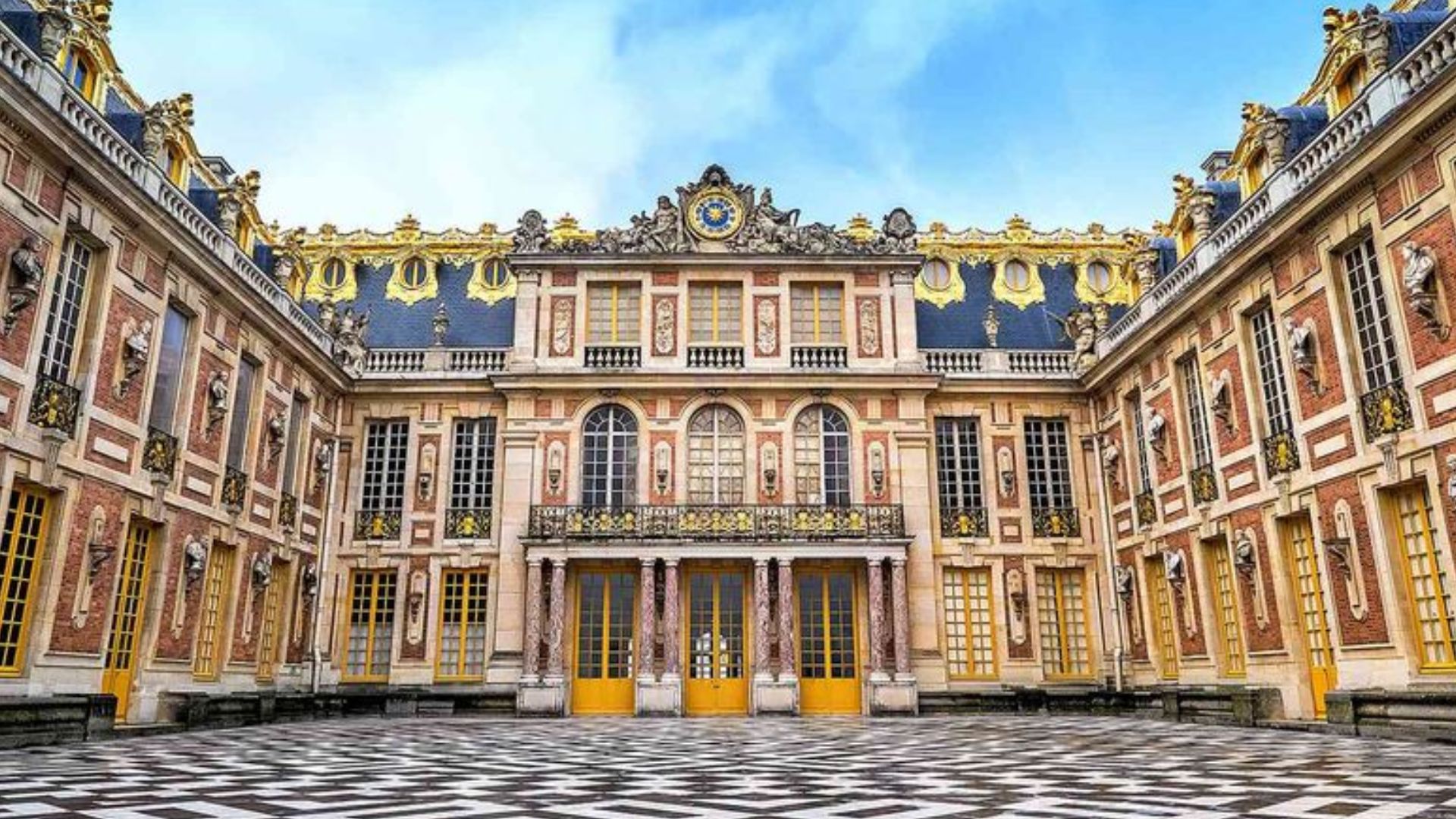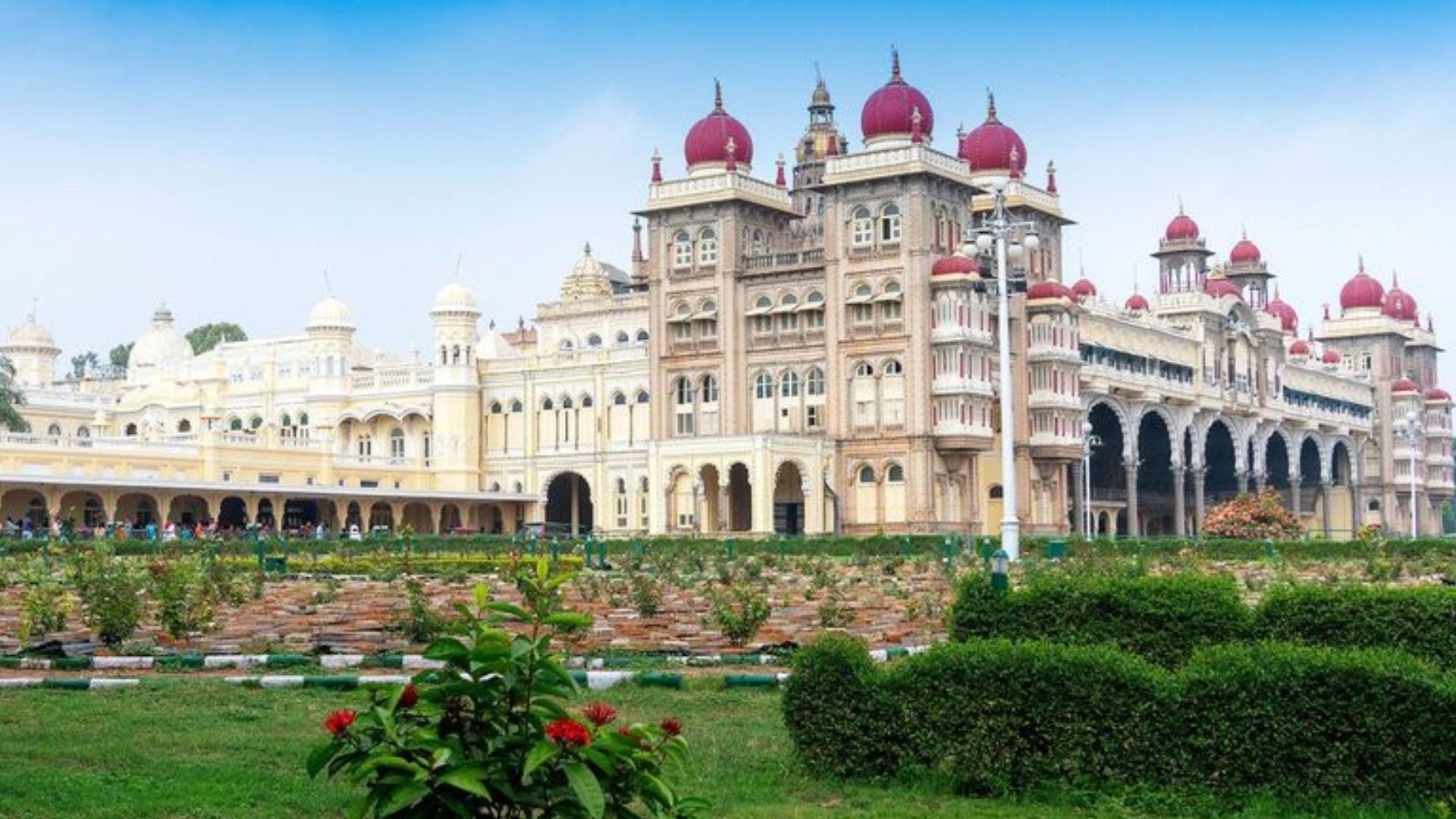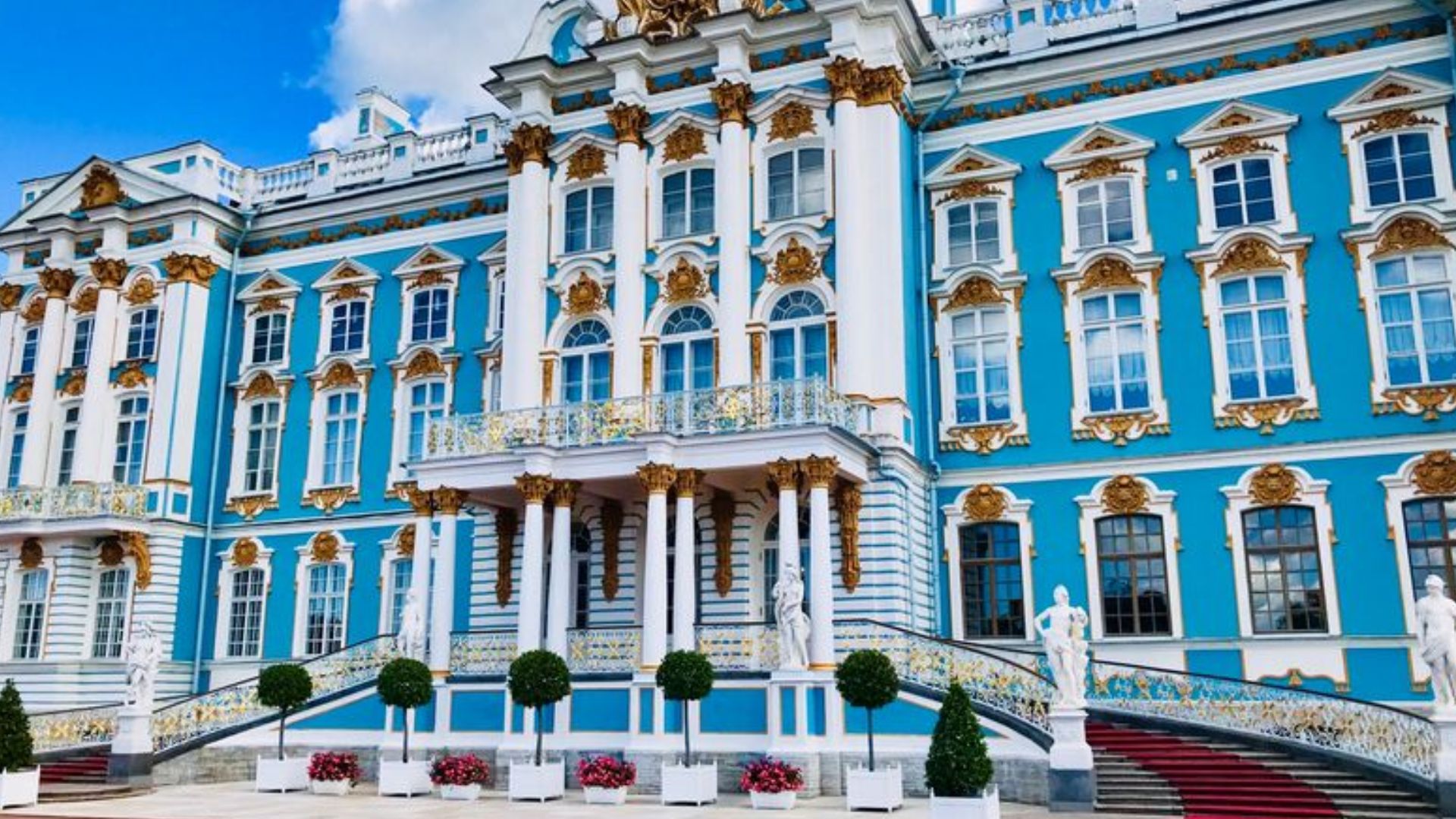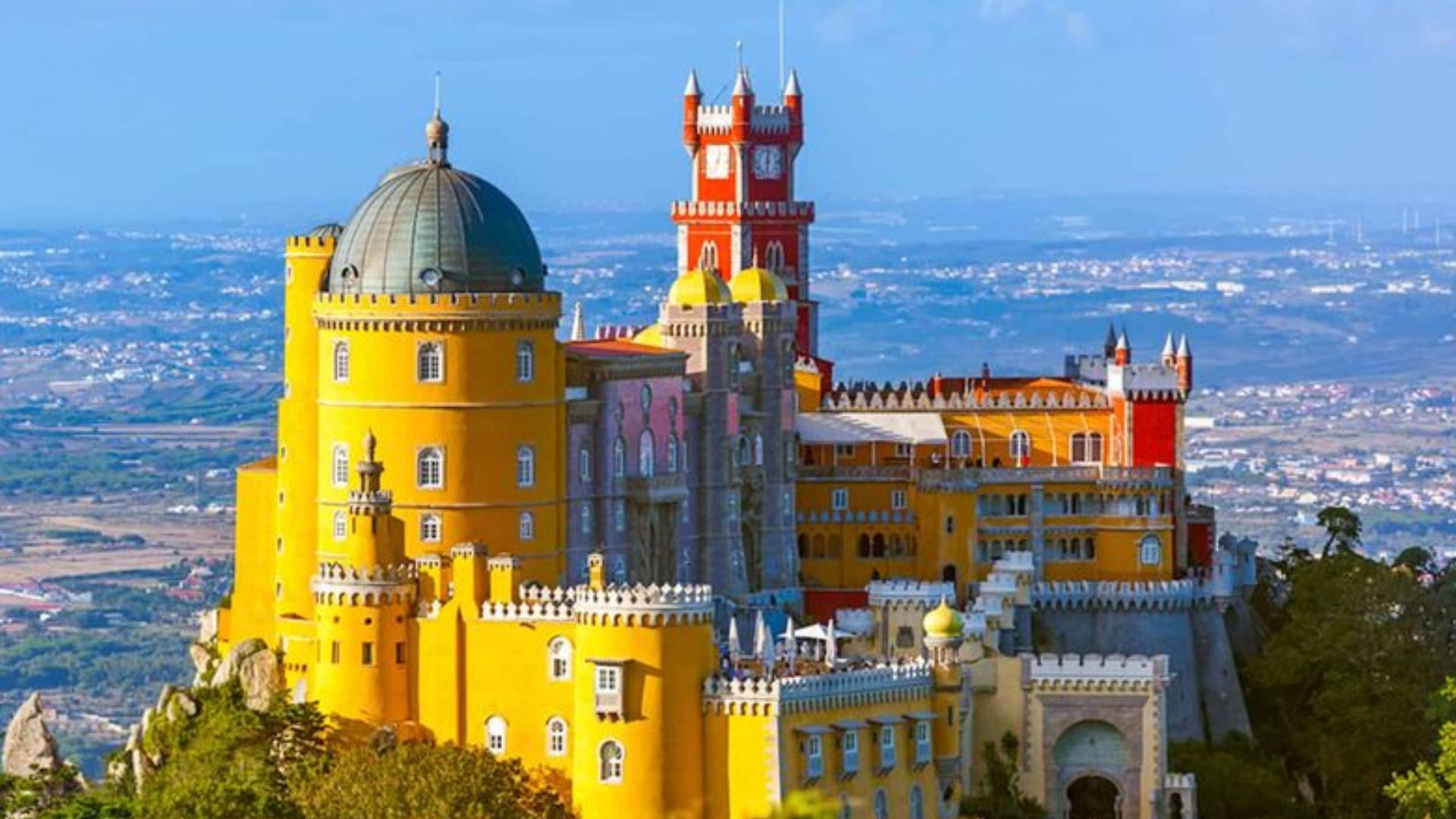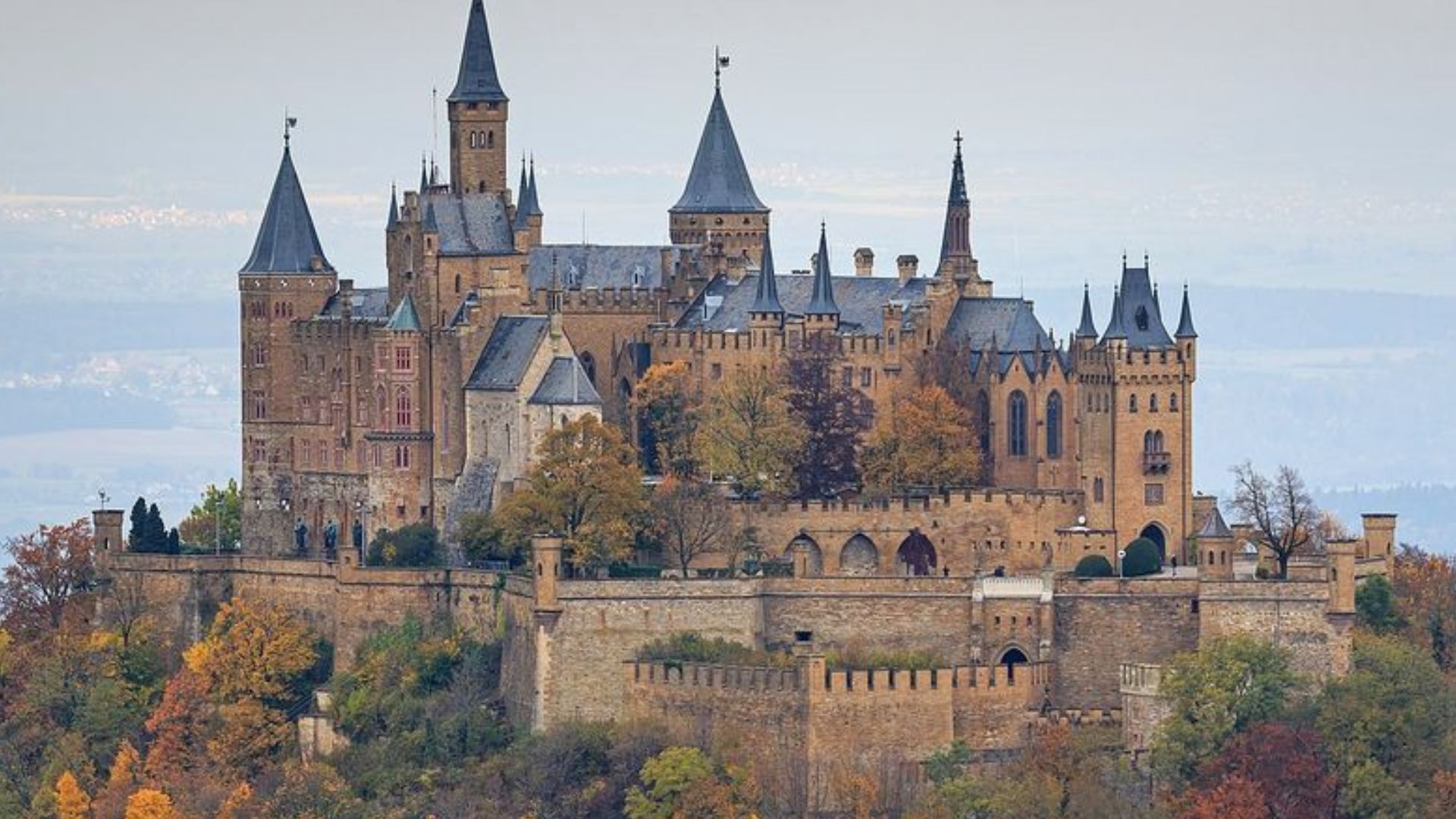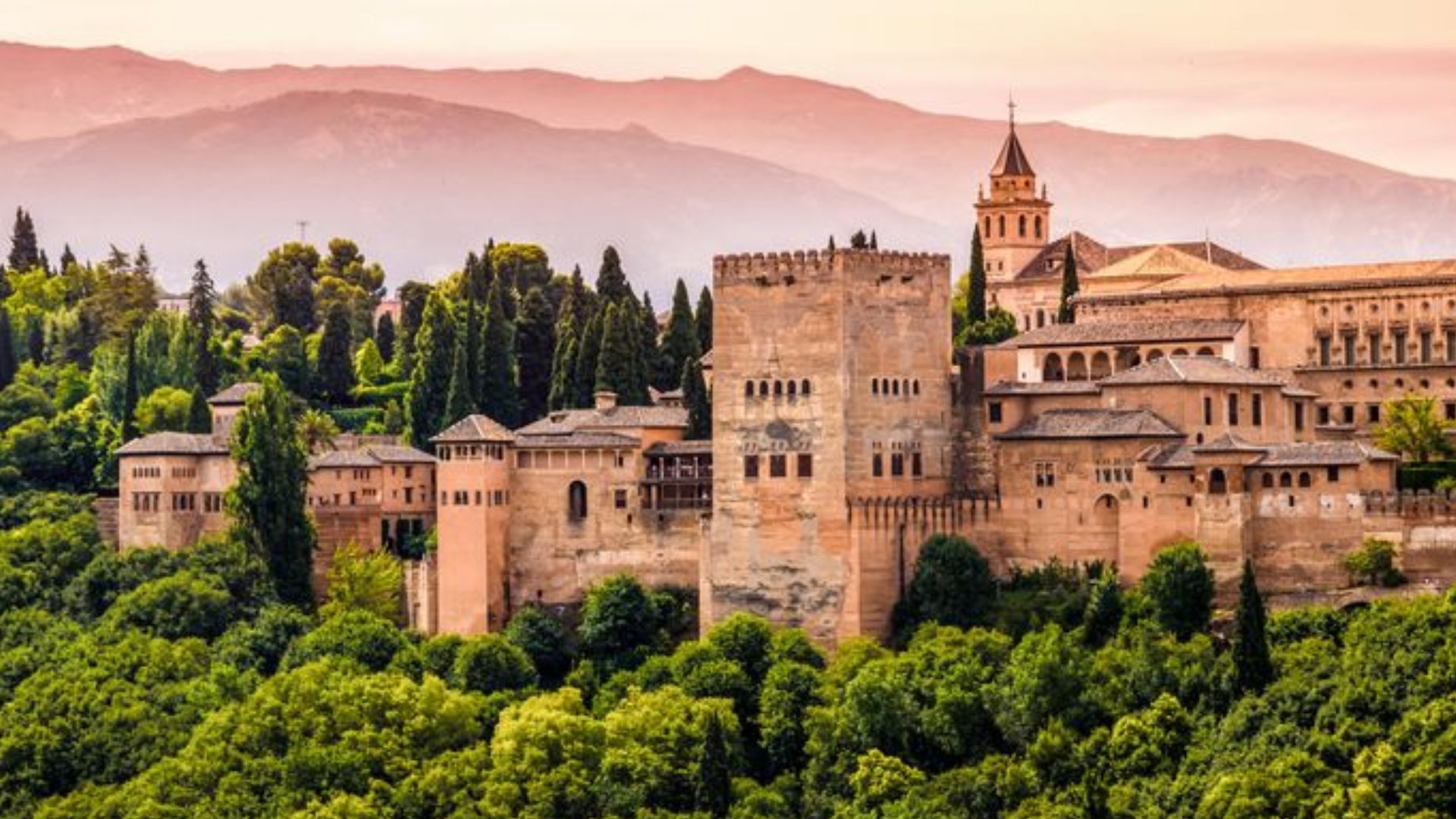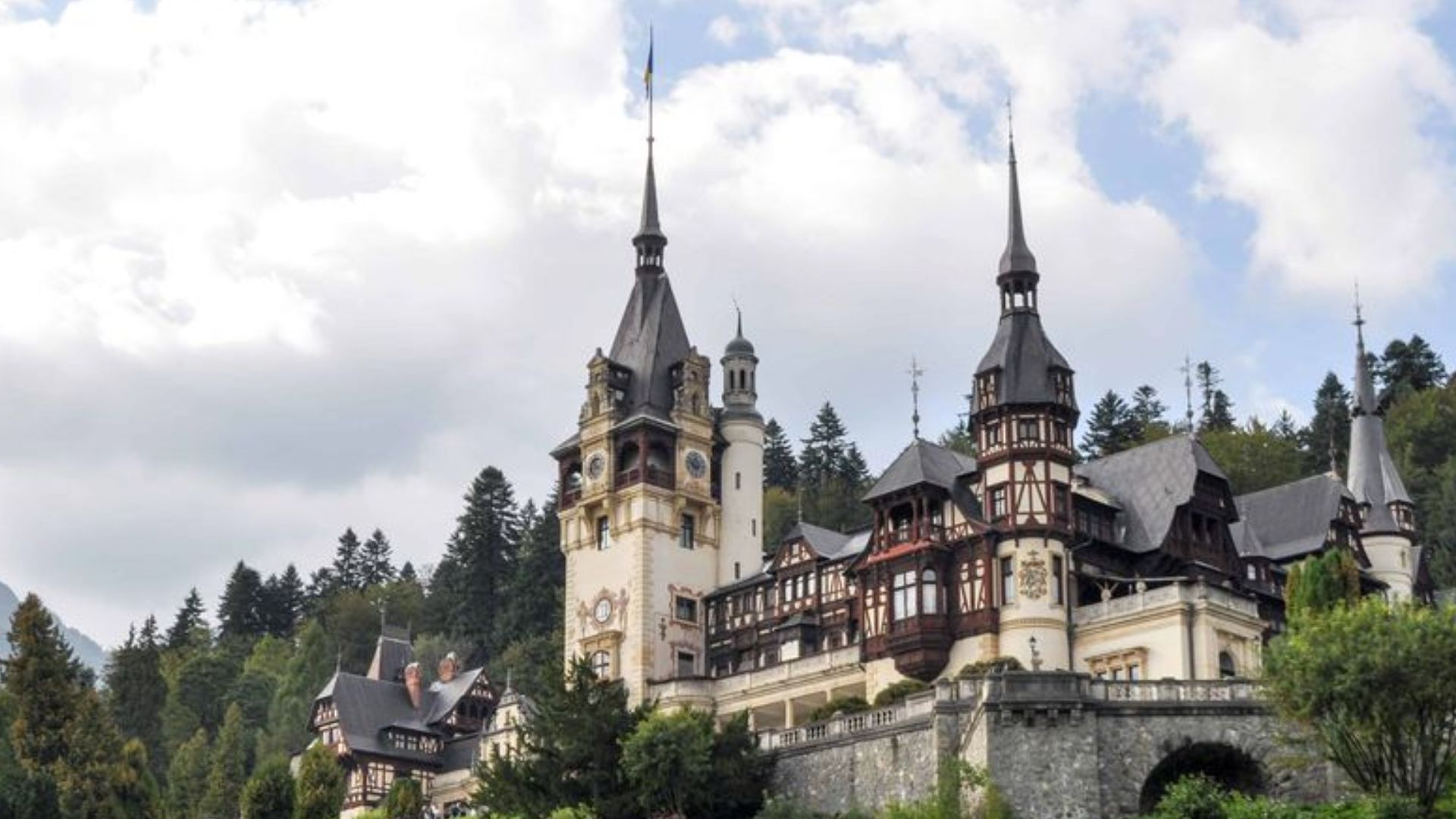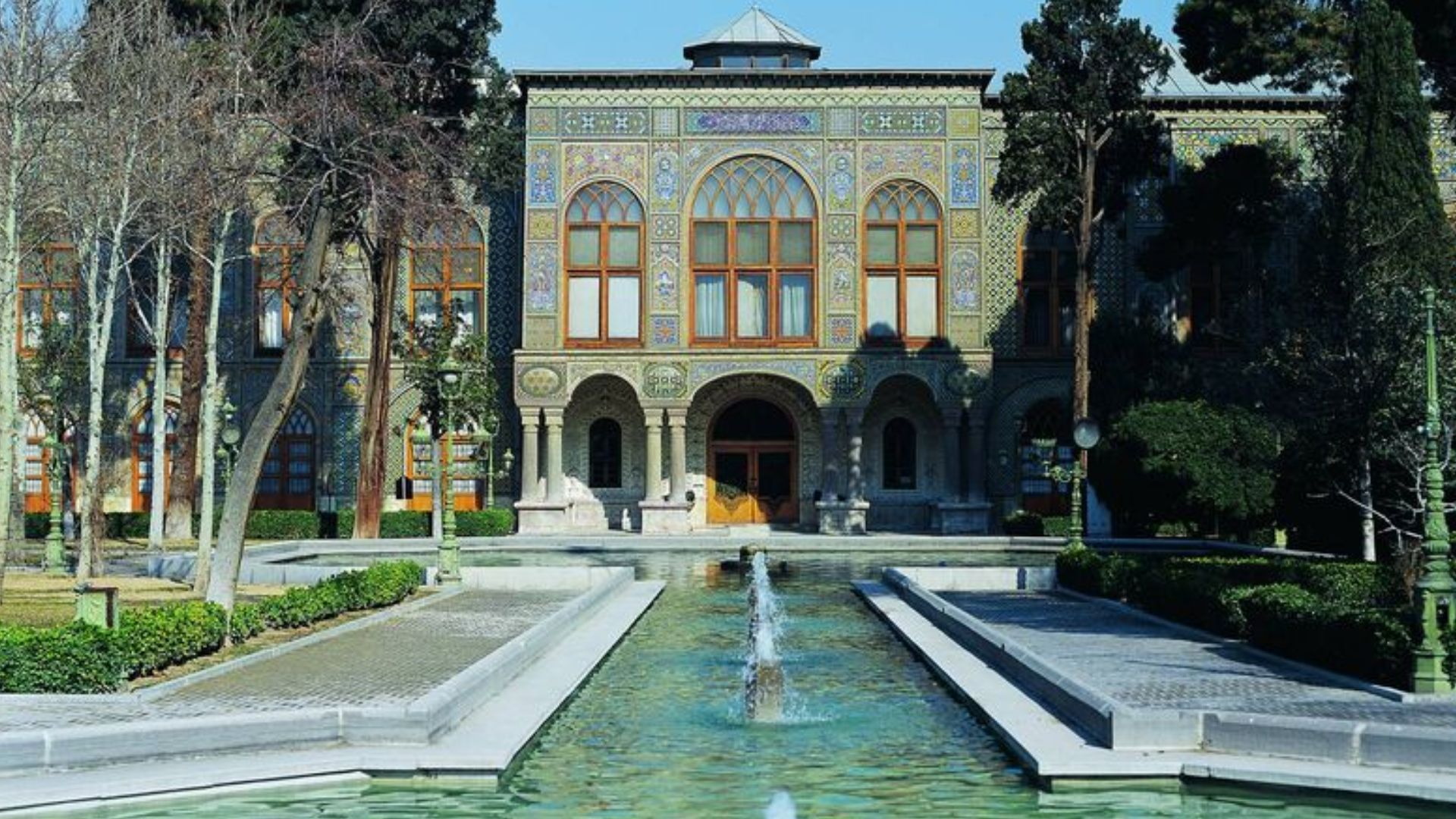Throughout history, grand palaces have been symbols of power, culture, and architectural brilliance, standing as testaments to the wealth and influence of their former rulers.
However, many of these majestic structures have fallen into disrepair over the centuries, their once-stunning halls now silent witnesses to the passage of time.
Yet, there are those that have been lovingly restored to their former glory, preserving the grandeur and artistry that once defined them.
Join us on a captivating journey through fifteen such remarkable palaces, where history meets restoration artistry. Each one tells a unique story of transformation, blending historical significance with the expertise of modern craftsmen.
1. Neuschwanstein Castle
Neuschwanstein Castle, originally built in the 19th century, is the epitome of fairy-tale splendor. After falling into disrepair, it was restored to capture the romantic vision of King Ludwig II.
Today, it stands as a major tourist attraction, drawing millions of visitors annually.
The meticulous restoration process focused on preserving its intricate interiors and stunning facade. Visitors can explore lavish rooms adorned with murals depicting Wagnerian themes. The castle’s picturesque location, high above lush forests and serene lakes, adds to its enchanting atmosphere.
Whether you’re wandering through the king’s chambers or gazing at the panoramic views, Neuschwanstein’s restoration is a testament to the enduring appeal of historical architecture.
2. Château de Chambord
The Château de Chambord is a stunning example of Renaissance architecture. Built by King Francis I, it was left to languish until a comprehensive restoration breathed new life into its grand halls and sprawling grounds.
The restoration focused on the château’s iconic turrets and double helix staircase, designed by Leonardo da Vinci. Visitors are now able to experience the opulent lifestyle of royalty, amid meticulously maintained gardens and waterways.
Château de Chambord’s transformation into a historic landmark offers a journey through time. It’s not just a palace but a masterpiece that continues to inspire architects and historians with its blend of medieval and classical design elements.
3. Palace of Versailles
The Palace of Versailles, a UNESCO World Heritage Site, once faced neglect before restoration efforts revived its grandeur. Originally a hunting lodge, it became the heart of political power and luxury under Louis XIV.
Restorations have focused on the Hall of Mirrors, where treaties and lavish events took place. The palace’s exquisite gardens, designed by André Le Nôtre, have been lovingly preserved, offering visitors a glimpse into the past.
Today, the Palace of Versailles stands as a symbol of architectural magnificence and royal opulence. Its restoration ensures that this emblem of history continues to captivate and educate visitors from around the world.
4. Mysore Palace
Mysore Palace is a splendid example of Indo-Saracenic architecture. Once abandoned, it was meticulously restored and now serves as the cultural heart of Mysore city.
The restoration has preserved its striking domes and ornate corridors, and the palace is particularly famous for its dazzling illumination during festivals. Visitors are treated to an array of art and history, reflecting the rich heritage of the Wodeyar dynasty.
Mysore Palace’s restoration showcases the harmonious blend of Hindu, Muslim, Rajput, and Gothic styles. It’s not only a historical monument but a living museum, offering insights into the regal lifestyle and traditions of southern India.
5. Catherine Palace
The Catherine Palace is a marvel of Rococo architecture. Having suffered damage during World War II, it underwent extensive restoration to recapture its 18th-century magnificence.
The restoration has focused on the palace’s opulent Amber Room, known as the ‘Eighth Wonder of the World.’ The vibrant blue-and-white facade and lavish interiors have been painstakingly brought back to their former glory.
Visitors to Catherine Palace are treated to a regal experience, walking through halls adorned with gilded stucco and mirrors.
6. Pena Palace
Pena Palace is an eclectic mix of Romanticism and Manueline styles. Once abandoned, it has been restored to showcase its vivid colors and whimsical architecture.
The restoration preserved its intricate stone carvings, domes, and arched walkways, allowing visitors to explore a fairytale setting. The palace overlooks lush gardens and offers panoramic views of the surrounding landscape.
Pena Palace’s vibrant restoration reflects the rich cultural history and artistic flair. It’s a testament to the imaginative spirit of its creator, King Ferdinand II, and continues to enchant visitors with its unique beauty and charm.
7. Hohenzollern Castle
Hohenzollern Castle in Baden-Württemberg is a striking example of Gothic Revival architecture. Once in ruins, it has been meticulously restored to become a symbol of dynastic pride.
The restoration focused on its iconic towers and fortified walls, offering visitors a glimpse into medieval life. The castle now hosts cultural events, with exhibits showcasing historical artifacts from the Hohenzollern family.
With its breathtaking location atop Mount Hohenzollern, the castle offers panoramic views that captivate every visitor. Its restoration highlights the importance of preserving history and adds to its allure as a destination for history enthusiasts and travelers alike.
8. Alhambra Palace
The Alhambra Palace is an exquisite example of Moorish architecture. After periods of neglect, restoration efforts have revitalized this UNESCO World Heritage site, preserving its intricate designs and lush gardens.
The restoration has focused on the palace’s detailed stucco work and serene reflecting pools, capturing the essence of Islamic art and culture.
Alhambra’s restoration is a celebration of cultural diversity and architectural beauty. It stands as a testament to the rich history of Andalusia and continues to inspire artists and historians with its timeless elegance.
9. Peles Castle
Nestled in the Carpathian Mountains, Peles Castle is a masterpiece of Neo-Renaissance architecture. Having been abandoned, it was restored to its former splendor, offering a glimpse into the royal past.
The restoration has preserved its opulent interiors and expansive gardens. Visitors are greeted with intricate woodwork, stained glass, and elegant furnishings.
Peles Castle’s restoration is a journey through history, celebrating the artistic achievements of the 19th century. It’s a destination that captivates with its breathtaking beauty and offers a tranquil escape into Romania’s cultural heritage.
10. Golestan Palace
Golestan Palace is a UNESCO World Heritage site known for its Persian architecture. Once neglected, it has been restored to highlight its intricate tile work and lavish gardens.
The restoration focused on preserving its beautiful halls and mirrored galleries, offering visitors a glimpse into the opulence of the Qajar era.
Golestan Palace’s restoration demonstrates the importance of cultural preservation. It continues to be a popular destination, providing insight into Persian art and architecture while serving as a symbol of national pride and identity.
11. Royal Palace of Madrid
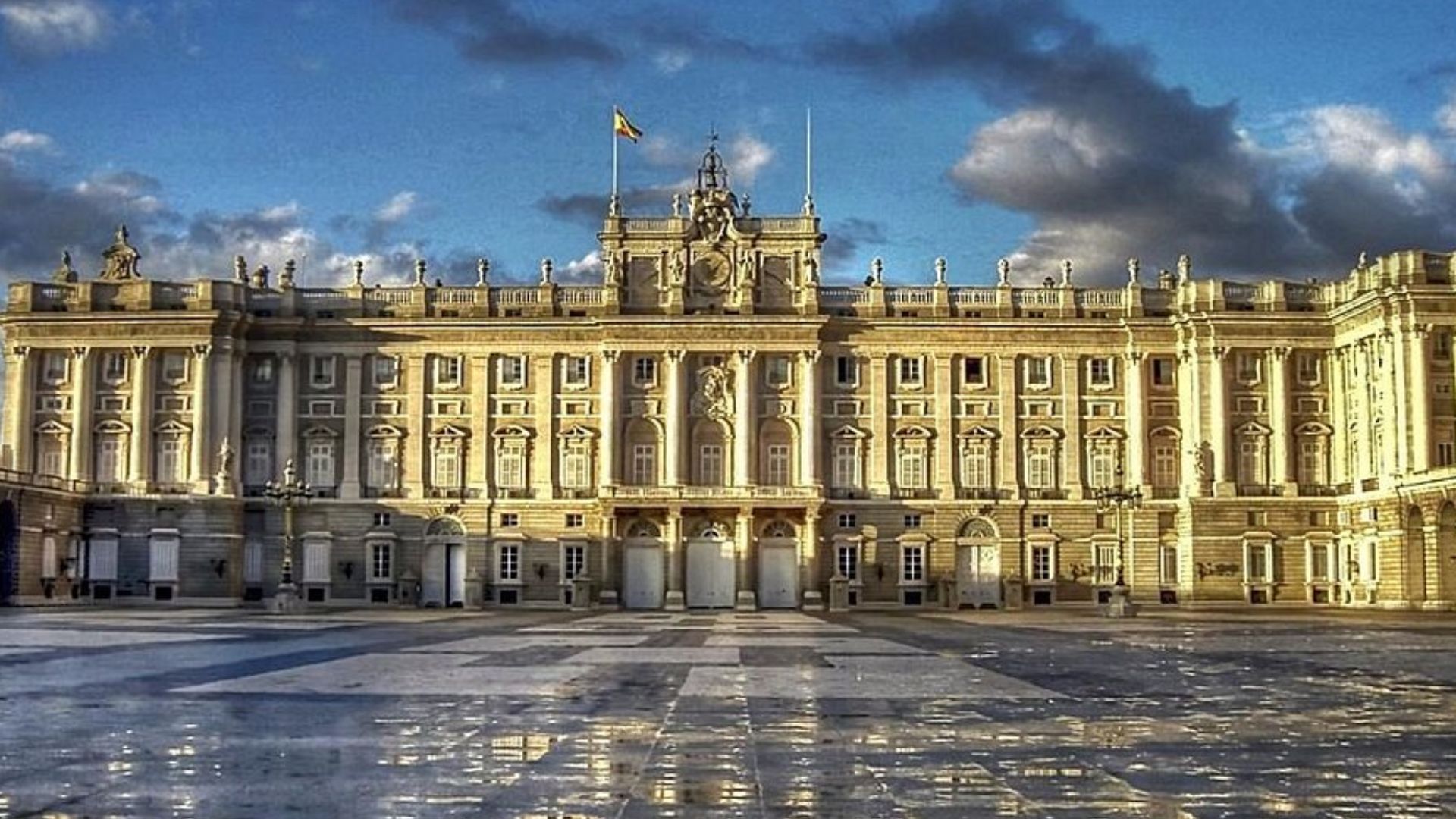
The Royal Palace of Madrid, a stunning example of Baroque architecture, serves as the official residence of the Spanish royal family. While it is no longer a royal residence, it has been meticulously restored to reflect its former glory. The restoration process has focused on preserving its elegant rooms, intricate tapestries, and grandiose staircases.
The palace’s ornate gardens and its magnificent collection of art and historical artifacts offer a captivating glimpse into the opulent lifestyle of Spain’s monarchy. A visit to the Royal Palace of Madrid is like stepping back in time, offering a rare opportunity to witness the rich history and culture of Spain’s royal family.
12. Forbidden City
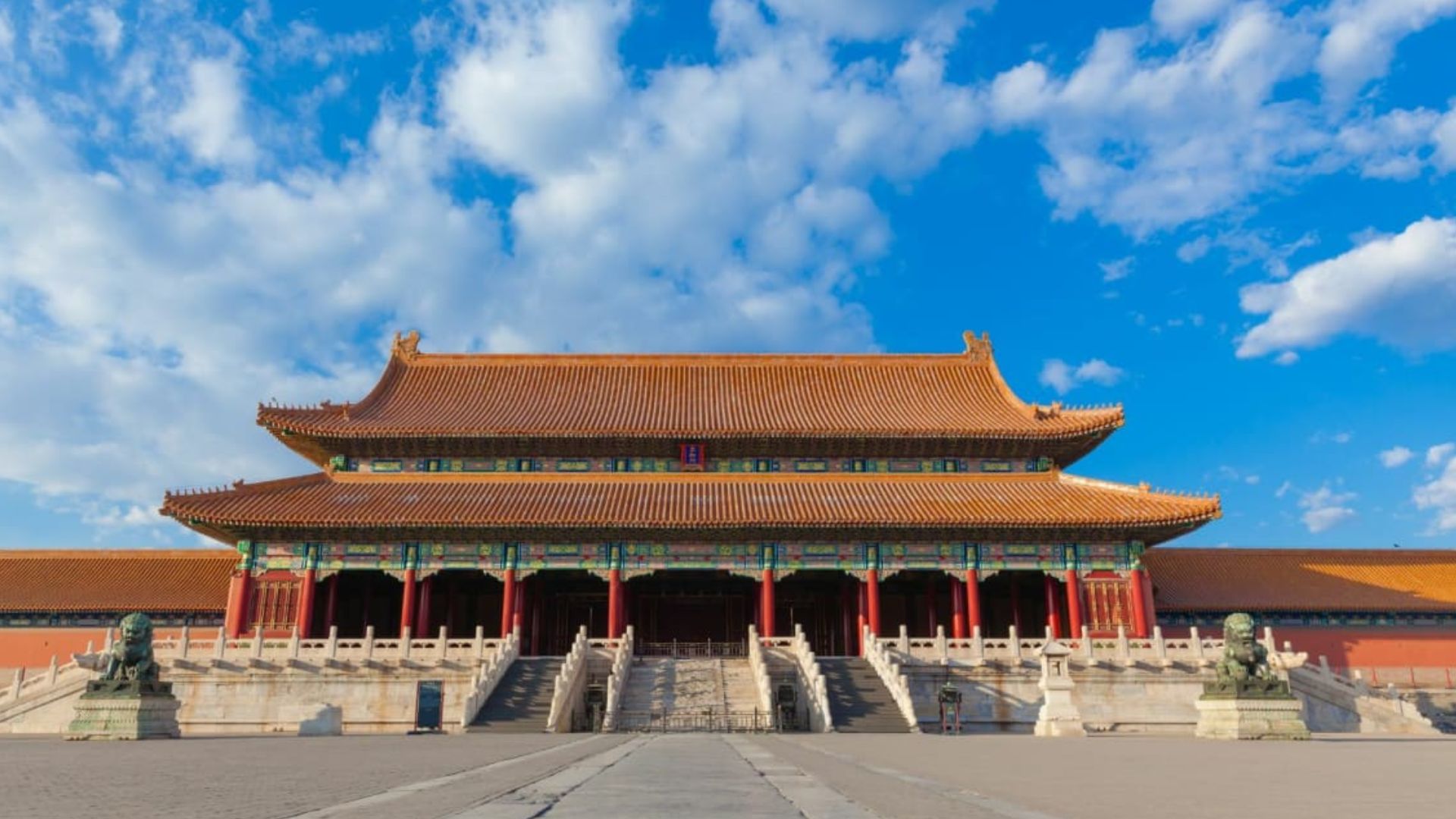
The Forbidden City, located in the heart of Beijing, is an unparalleled example of traditional Chinese palatial architecture. Once home to 24 emperors during the Ming and Qing dynasties, it was restored after decades of neglect and is now a UNESCO World Heritage Site. The restoration focused on preserving the delicate wooden beams, painted ceilings, and ceremonial halls that define the palace.
A majestic complex of nearly 1,000 buildings, the Forbidden City offers visitors a journey into China’s imperial past. The grandeur of the architecture and the history contained within its walls make it an awe-inspiring destination for history enthusiasts and architecture lovers alike.
13. Topkapi Palace
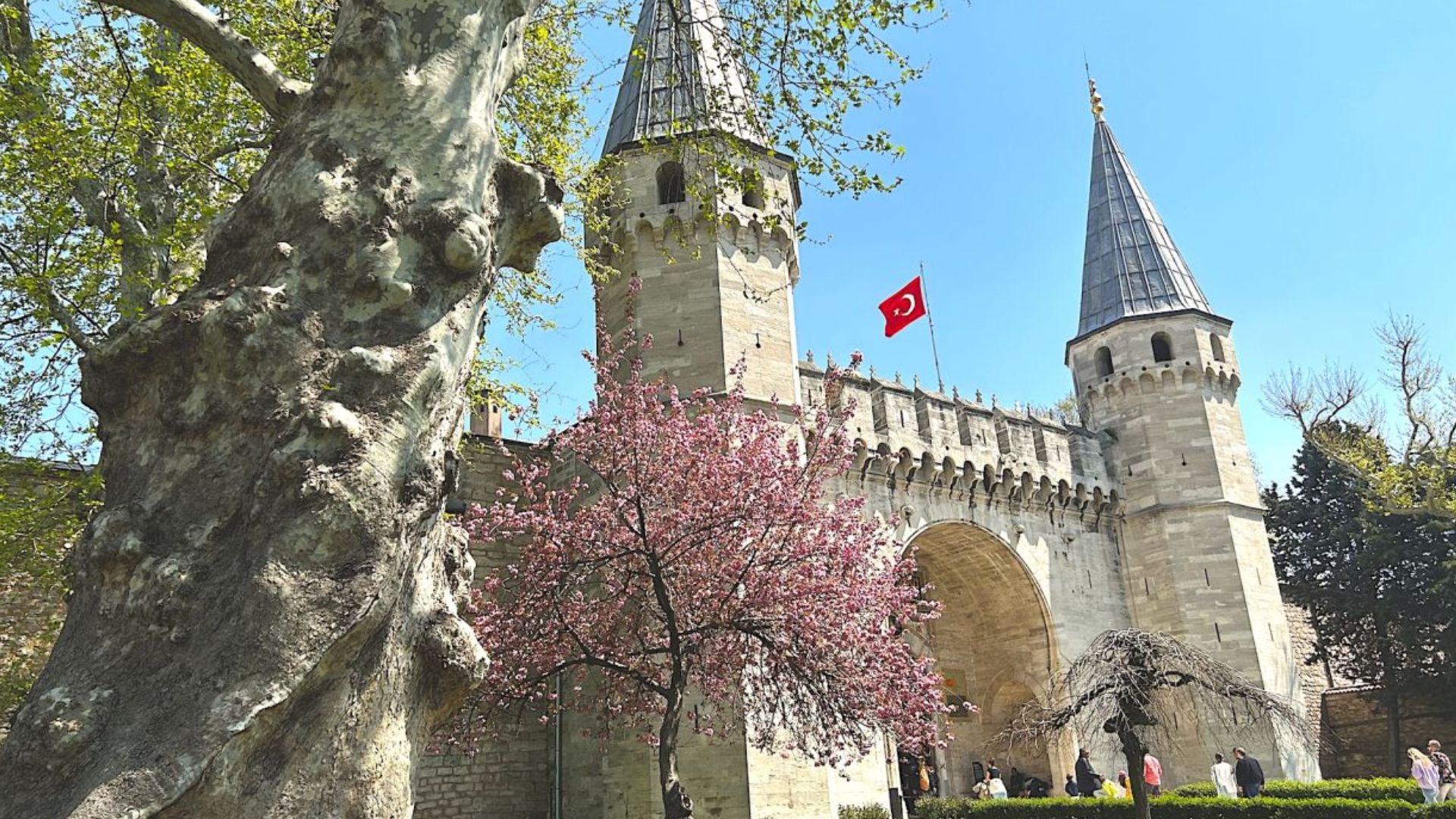
Topkapi Palace, the residence of Ottoman sultans for over 400 years, has been beautifully restored to capture its majestic opulence. Located in Istanbul, this sprawling palace complex contains ornate courtyards, lush gardens, and lavish pavilions, all restored to showcase the grandeur of the Ottoman Empire.
The restoration focused on preserving the intricate tile work, the impressive imperial harem, and the luxurious chambers that housed the sultans and their court. Today, Topkapi Palace stands as a rich cultural and historical treasure, offering insight into the powerful Ottoman dynasty and its remarkable achievements in art, architecture, and governance.
14. Winter Palace

The Winter Palace in St. Petersburg, once the official residence of Russian tsars, has undergone extensive restoration to recapture its imperial grandeur. This iconic Baroque structure is now part of the world-renowned Hermitage Museum. The restoration process focused on preserving the lavish interiors, including the ornate rooms, gilded ceilings, and priceless art collections.
Visitors can stroll through the opulent halls and marvel at the magnificent artwork housed within, all while experiencing the palace’s storied past. The Winter Palace’s restoration has ensured that this architectural gem remains an enduring symbol of Russia’s royal history.
15. Schönbrunn Palace
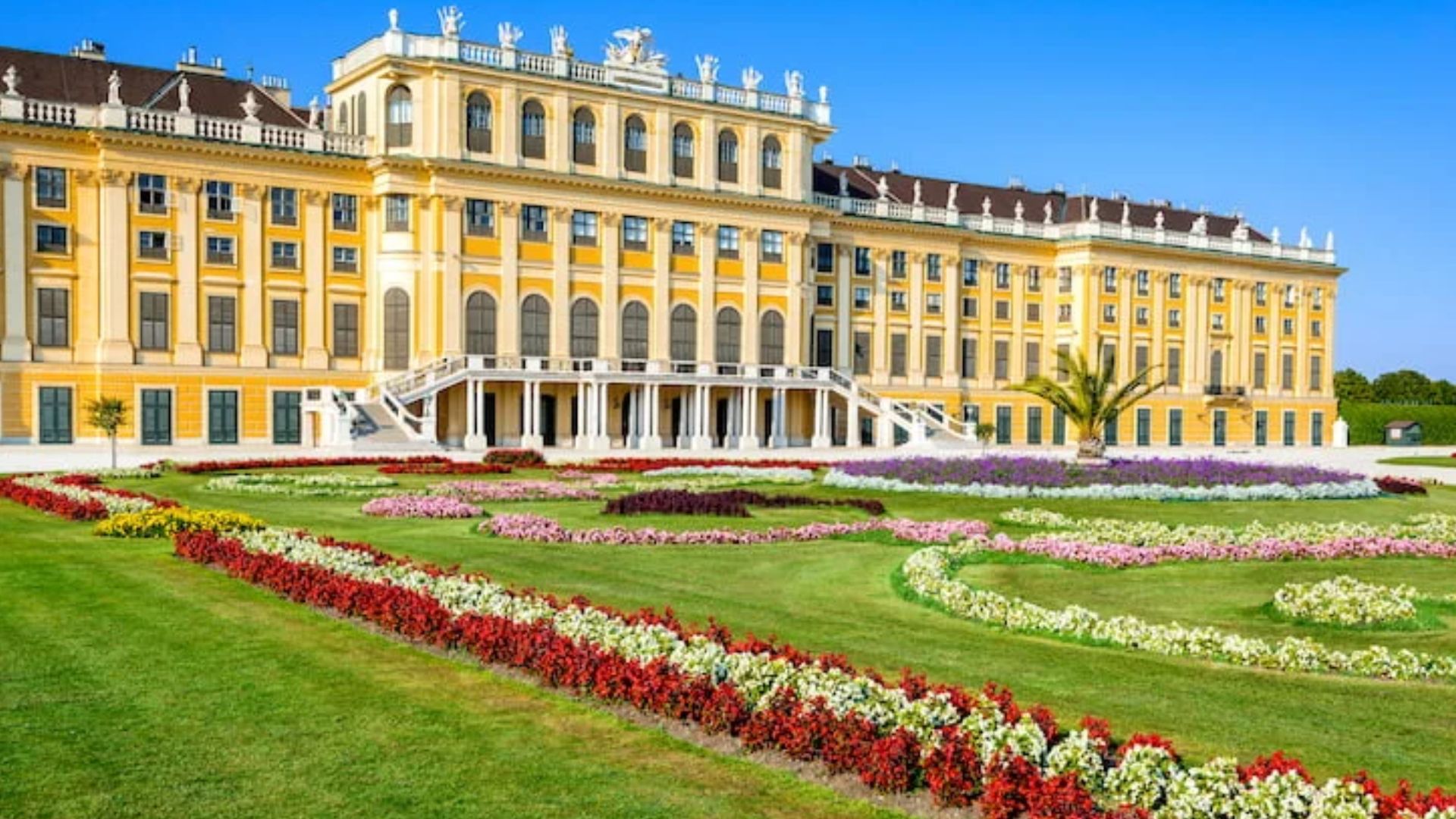
Nestled in the heart of Vienna, Schönbrunn Palace is a Baroque masterpiece that has long been a symbol of imperial grandeur. Originally the summer residence of the Habsburgs, the palace underwent a series of meticulous restorations to bring back its former elegance.
The restoration preserved the opulent state rooms, ornate frescoes, and the majestic gardens that stretch over 1,400 acres. Today, Schönbrunn is one of Austria’s most iconic attractions, offering visitors a glimpse into the lavish lifestyle of European royalty. The palace’s grand halls and meticulously restored interiors remain a testament to Vienna’s cultural and historical significance.

